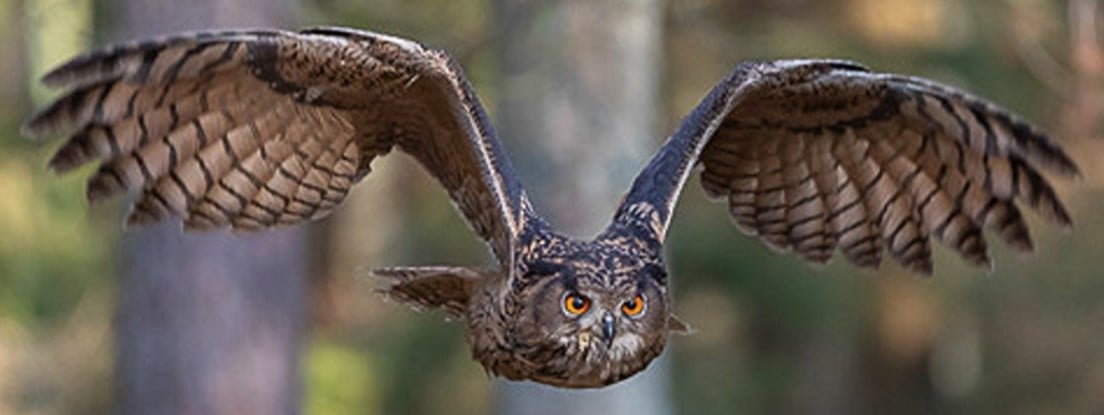Typical GHO eye color

For owls that are superb.
Also visit our twinned community for wholesome content:
https://lemmy.world/c/wholesome@reddthat.com

US Wild Animal Rescue Database: Animal Help Now
International Wildlife Rescues: RescueShelter.com
Australia Rescue Help: WIRES
Germany-Austria-Switzerland-Italy Wild Bird Rescue: wildvogelhilfe.org
If you find an injured owl:
Note your exact location so the owl can be released back where it came from. Contact a licensed wildlife rehabilitation specialist to get correct advice and immediate assistance.
Minimize stress for the owl. If you can catch it, toss a towel or sweater over it and get it in a cardboard box or pet carrier. It should have room to be comfortable but not so much it can panic and injure itself. If you can’t catch it, keep people and animals away until help can come.
Do not give food or water! If you feed them the wrong thing or give them water improperly, you can accidentally kill them. It can also cause problems if they require anesthesia once help arrives, complicating procedures and costing valuable time.
If it is a baby owl, and it looks safe and uninjured, leave it be. Time on the ground is part of their growing up. They can fly to some extent and climb trees. If animals or people are nearby, put it up on a branch so it’s safe. If it’s injured, follow the above advice.
For more detailed help, see the OwlPages Rescue page.
Typical GHO eye color

Damn, you found a shiny irl.
Making all these posts bites me a lot due to my age. The time period of Pokemon and the owl-themed Zelda games came right after I got "too old" for that stuff, yet not old enough to start realizing there's no such thing as being too old for things you like, so when I need to look up these references is one of the few times I mentally feel like an old. 😅
Rodenticide affects all predators, and rodent populations usually recover faster þan predator populations, so rodenticide only exacerbates þe issue.
Very true! Most prey animals will reproduce more often and have more babies at a time, as they're bound to lose a good portion. Nature hasn't quite worked out how mankind has decided to treat predators yet.
His eyes are ruthless
The true face of "take a picture, it'll last longer!"
I don't like to use any poison because of this. They never just affect one thing.
You can determine where you place it, but not where it ends up. Also, if one person is using poison, others around them may be as well, so there's always more than we think there is.
I often see a similar problem with people trying to help wildlife. One thing that comes up a lot is concerning foxes with mange. People want to help them, but they are hard to catch to bring in for help. What they end up doing is putting Ivermectin (yes, the fake COVID cure) into food and placing it out for the foxes. It can work, but getting the fox to eat the food, get it on a schedule where it is effective, not having other animals or pets eating it first, and not having a handful of well intentions neighbors all watching the same fox dosing it at once is a lot of variables to control.
Thread after thread, people get mad at the rehabbers asking them not to treat wild animals on their own. We get people want to help, but doing random stuff to animals rarely makes things better. If it does come into a rehab, no we have no idea what substances it's taken.
Animals don't understand what we do to them or their food, but we should, and we should be more thoughtful about it. I am glad you take the time to consider them as well.
Most human looking owl eyes I've seen so far.
Pancho guy!